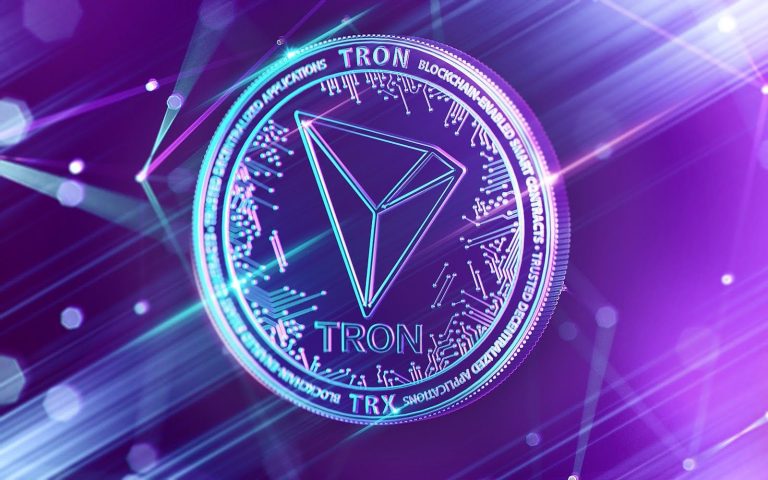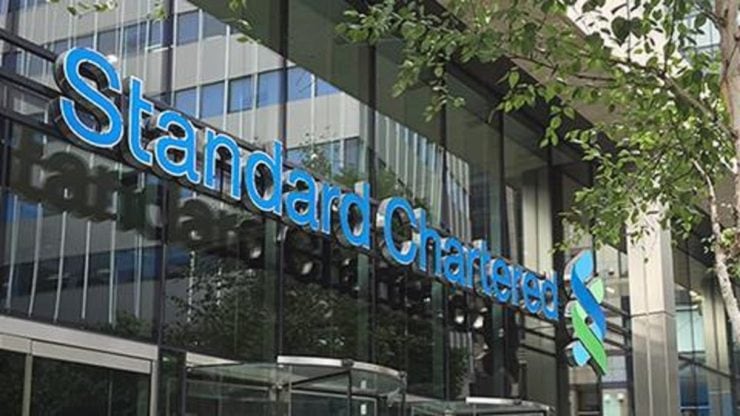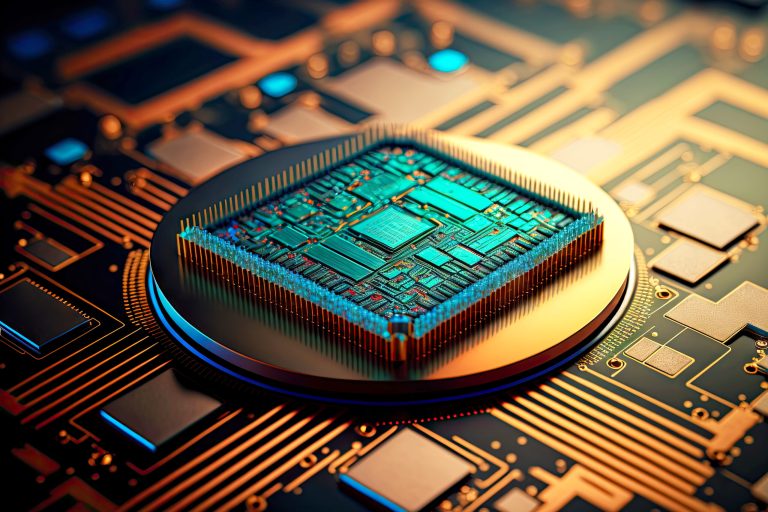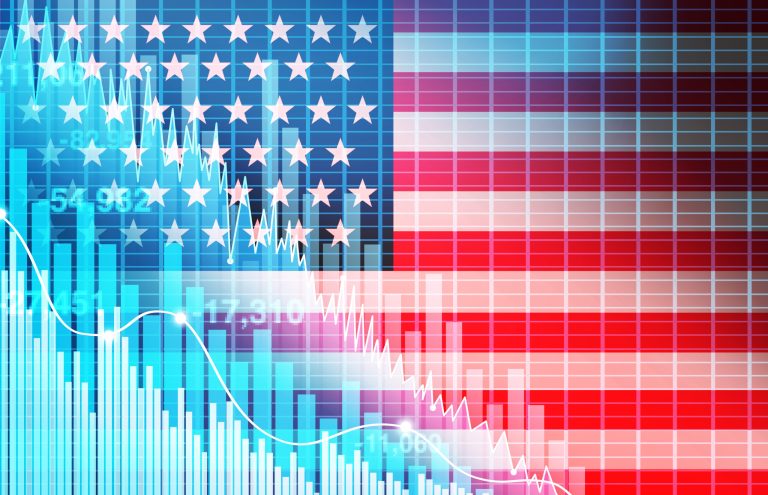Cardano price has been left in the dust this year, as investors focused on its lagging market share across the blockchain industry and its high valuation. ADA has plunged by over 35% this year, while Bitcoin has soared by 65% and moved to its highest level on record.
Cardano is still one of the biggest players in the crypto industry, with a market cap of over $12 billion.
The biggest ghost chain
Cardano is a blockchain network started by Charles Hoskinson in 2017, meaning that it has now turned seven years.
It had two major claims for fame: Hoskinson was an Ethereum co-founder and its technology was backed by peer research.
Cardano then took off in 2021 as investors started to look for a climate-friendly alternative to Ethereum, which was using the proof-of-work approach at the time.
Three years since that time, Cardano has had no major activity, which has made it one of the biggest ghost chains in the industry. The other most prominent ones are the likes of Ripple, IOTA, and EOS.
A ghost chain is defined as a blockchain network that has no developers working on its technology.
A good layer-1 and layer-2 network should have a good market share in industries like decentralized finance (DeFi), gaming, non-fungible tokens (NFT), decentralized public infrastructure (DePIN), and even meme coins.
Cardano’s DeFi ecosystem
The Decentralized Finance industry is the biggest segment in the blockchain sector. As such, for any network to succeed, it needs to have a good presence in it an industry with over $90.1 billion in assets.
Unfortunately, Cardano does not have a big share in the sector. Data shows that the network has just $226 million in total value locked (TVL), making it the 27th biggest player in the sector. It only has 37 DeFi dApps in the ecosystem, including the likes of Minswap, Liqwid, Indigo, and Splash Protocol.
A $226 million TVL is a tiny amount for a blockchain network valued at over $12 billion. In contrast, Base Blockchain, which was launched by Coinbase in 2023, has accumulated 1.12 million active addresses and a TVL of $2.62 billion.
Cardano DeFi TVL chart by TradingView
Read more: Will Cardano decline despite uptick in TVL and trading volume?
Cardano DEX networks and payments
Taking a deeper dive into Cardano’s ecosystem shows that most of the networks have little going on. For example, MinSwap, its biggest dApp is a decentralized exchange network that handled just $148,000 in transactions in the last 24 hours. SundaeSwap also handled $172k in the same period.
Altogether, all the DEX networks in Cardano handled just $17.5 million in the last seven days, making it the 33rd chain in the industry. Its DEX ecosystem is smaller than networks like Cronos, Near, Kaia, and StarkNet.
Newer blockchains like Base, Aptos, Mantle, and Dexalot are handling more volume on a single day than what Cardano does in a week.
This performance is mostly because Cardano has no presence in the meme coin industry that has grown rapidly this year. The industry is so big such that all meme coins are now valued at over $65 billion.
Meanwhile, stablecoin-enabled payments have become the biggest part of the blockchain industry. For example, Tron handles USDT payments worth over $40 billion a day.
In contrast, Cardano, a network that has fast speeds and low transaction costs, has just $20 million in stablecoins.
Read more: Cardano price prediction: what’s next for ADA as Bitcoin struggles?
Cardano’s NFT volume
Another industry that Cardano should be dominating is the non-fungible token (NFT). In all fairness, the industry has imploded recently, with sales and floor prices falling.
However, a closer look at historical data shows that Cardano did not have a sizable market share in the sector.
According to CryptoSlam, the cumulative NFT sales in Cardano stand at over $650 million. In contrast, Ethereum has handled $44.4 billion in NFT sales, while Solana, Bitcoin, Ronin, and Polygon have all processed over $1.4 billion.
Additionally, the network does not have a big presence in the gaming industry that is now dominated by the likes of Ethereum, Solana, Sui, and Immutable X. Its share is so low that DappRadar shows that games in its ecosystem have no Unique Active Wallet (UAW).
Therefore, these numbers mean that Cardano is one of the most overvalued assets in the crypto industry.
Cardano price analysis
ADA chart by TradingView
The daily chart shows that the ADA price bottomed at $0.313, where it failed to move below several times since July 5. Its attempts to drop below that level failed at least three times, meaning that it has formed a triple-bottom pattern.
Cardano has remained slightly below the 50-day and 100-day Exponential Moving Averages (EMA). Therefore, while Cardano is still severely overvalued, there is a likelihood that it will have a bullish breakout. This forecast will be confirmed if it rises above the descending trendline that connects the highest swings since June 7.
The post Cardano price prediction: will this ghost chain rebound? appeared first on Invezz









